In the evolving landscape of cleaning technology, sweeping robots stand out as a pivotal advancement, offering unparalleled efficiency and automation in maintaining cleanliness. Designed to operate autonomously, these devices integrate sophisticated navigation technologies and adaptive cleaning capabilities to handle diverse floor types and debris levels. Their growing presence in the market reflects their ability to significantly reduce labor costs and enhance operational efficiency, making them a valuable addition to both small and large-scale enterprises seeking to optimize their cleaning processes. As businesses continue to prioritize cleanliness and hygiene, the adoption of sweeping robots is becoming an essential strategy to maintain high standards in facility management.
Table of Contents
1. Varieties and applications of sweeping robots
2. 2024 market insights for sweeping robots
3. Criteria for choosing the right sweeping robot
4. Leading sweeping robot models and features
1. Varieties and applications of sweeping robots

The landscape of automated cleaning has been significantly reshaped by the advent of sweeping robots, devices engineered to streamline the mundane task of floor cleaning. These robots, equipped with cutting-edge technology, cater to a diverse range of environments, enhancing cleaning efficiency across various sectors.
Different types of sweeping robots
Sweeping robots can be broadly categorized into three types: hybrid models, mops, and dedicated sweepers. Hybrid robots offer the dual functionality of vacuuming and mopping, making them versatile choices for environments where both dry and wet cleaning is required. Mop robots specialize in wet cleaning, utilizing moist cleaning cloths to tackle sticky and dried-on stains, ideal for kitchen floors or bathrooms. Dedicated sweepers focus solely on dry cleaning, employing brushes and suction to collect dust, debris, and pet hair.
Each model incorporates specific features tailored to its cleaning tasks, such as adjustable suction settings, multiple cleaning modes, and interchangeable brushes or mopping pads. These features allow the robots to adapt to different floor types—from hardwood and tile to carpet and rugs—ensuring thorough cleaning without damaging the surface.
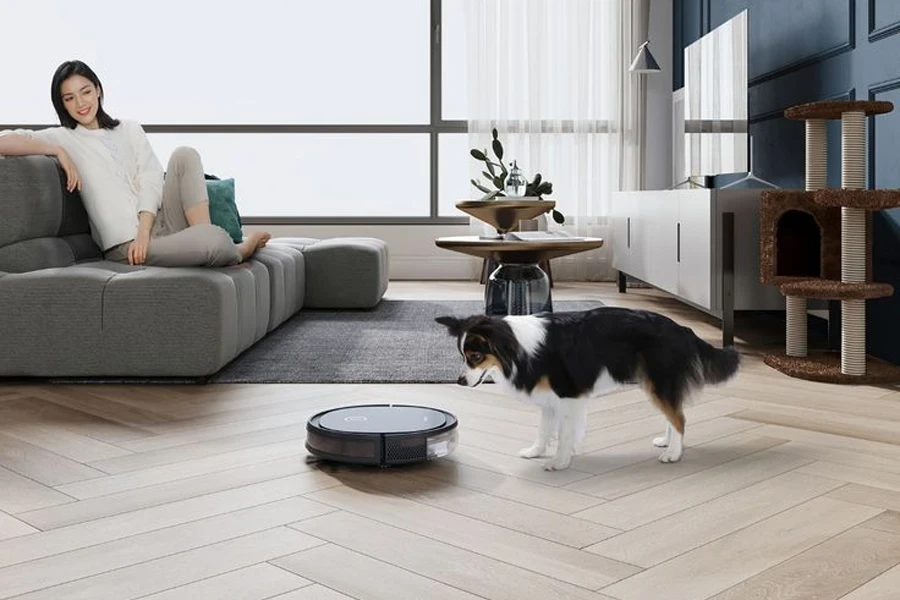
Applications across environments
The application of sweeping robots extends beyond mere household use, permeating sectors such as hospitality, healthcare, and retail, where cleanliness and hygiene are paramount. In hospitality, sweeping robots efficiently maintain guest rooms and lobbies, adapting to varying levels of foot traffic and debris. Healthcare facilities benefit from their precision and consistency, ensuring environments remain sterile and free from dust that could compromise patient health.
Moreover, technological enhancements have significantly improved these robots’ capabilities. Advanced battery life allows for extended operation periods, essential for larger spaces such as shopping centers and office buildings. Navigation technology has also evolved, with many models now featuring sophisticated sensors and AI-driven systems that enable precise maneuvering around obstacles and efficient route planning.
Through their diverse types and wide-ranging applications, sweeping robots are proving to be indispensable tools in the modern cleaning arsenal, offering tailored solutions that meet the dynamic needs of various industries. As these devices continue to evolve, their integration into daily operations across multiple sectors is expected to increase, further embedding their role in commercial and residential environments.
2. 2024 market insights for sweeping robots
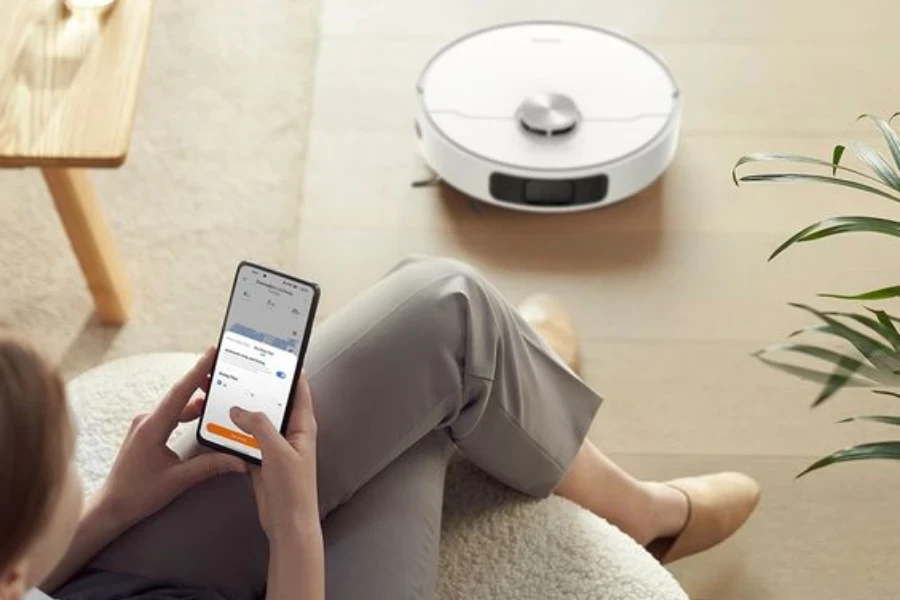
As the sweeping robot sector continues to evolve, 2024 stands out as a year of significant technological advancements and shifting consumer preferences that are shaping the industry’s trajectory. These dynamics are not only influencing product development but are also impacting market growth and demand patterns globally.
Experts currently value the global sweeping robots market at US$ 1.3 billion in 2023, with projections to grow at a CAGR of 8.2%, reaching US$ 2.9 billion by 2033. The sector observed a 5.6% CAGR from 2018 to 2022. Additionally, the broader cleaning robot market was estimated at US$ 4.19 billion in 2022, set to increase to US$ 4.96 billion in 2023. This market is anticipated to expand significantly at a 22.9% CAGR from 2023 to 2030, achieving a value of US$ 25.97 billion by 2030. North America leads this market, holding over 30.0% of the market share in 2022, with the United States capturing the largest share and Canada emerging as the fastest-growing market within the region.
Trends shaping the sweeping robot sector
Technological advancements are at the forefront of the sweeping robot industry, driving enhancements in robotic efficiency and functionality. Innovations such as AI-driven navigation systems, enhanced battery life, and adaptive cleaning technologies are making robots increasingly autonomous and capable of handling complex cleaning tasks. These technological enhancements are not merely incremental; they represent transformative shifts in how robotic cleaning devices operate, offering more precise and less intrusive cleaning solutions.
Consumer preferences are also evolving, with a growing demand for smart home devices that integrate seamlessly into daily life. Sweeping robots are increasingly viewed not just as cleaning tools but as integral components of the home automation ecosystem, which is expanding its market appeal. This shift is influenced by consumers’ heightened awareness of hygiene and cleanliness, spurred by global health discussions.
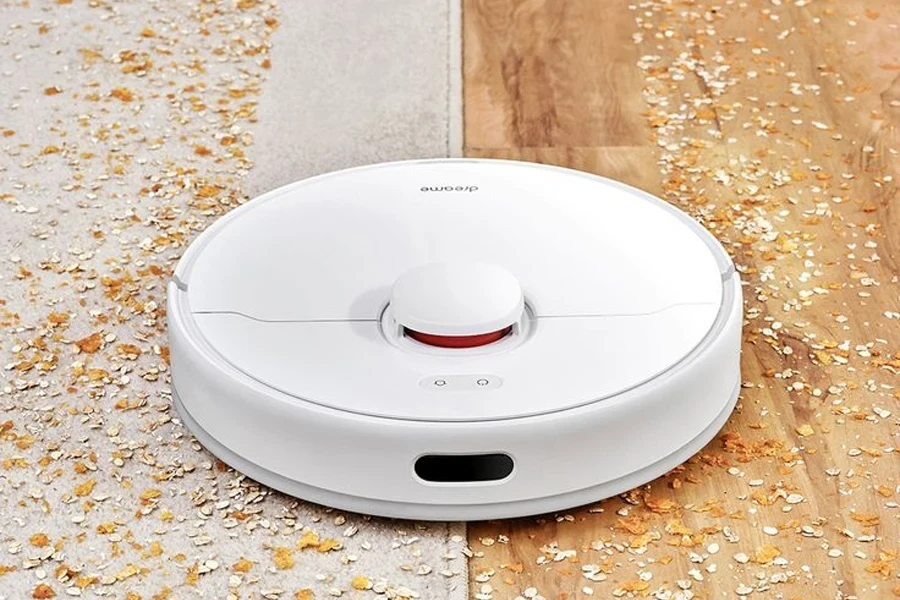
Market growth and consumer demand
The sweeping robot market is experiencing robust growth, driven by both residential and commercial applications. The market’s expansion is supported by the increasing adoption of smart home technologies and the rising emphasis on sanitary living environments. Market analysis indicates that the global demand for cleaning robots is projected to grow significantly, with substantial contributions from both developed and emerging regions.
Commercial sectors such as hospitality and healthcare are particularly notable for their rapid adoption of sweeping robots. These sectors require stringent cleanliness standards, and the efficiency and reliability of robots make them attractive solutions. Additionally, the reduction in labor costs associated with automated cleaning technologies is a compelling factor for their adoption in commercial settings.
The sweeping robot market in 2024 is characterized by a competitive landscape where innovation is key to capturing consumer interest and driving market share. Companies are increasingly focused on delivering products that offer unique selling propositions such as minimal maintenance, enhanced durability, and integration with other smart devices.
3. Criteria for choosing the right sweeping robot
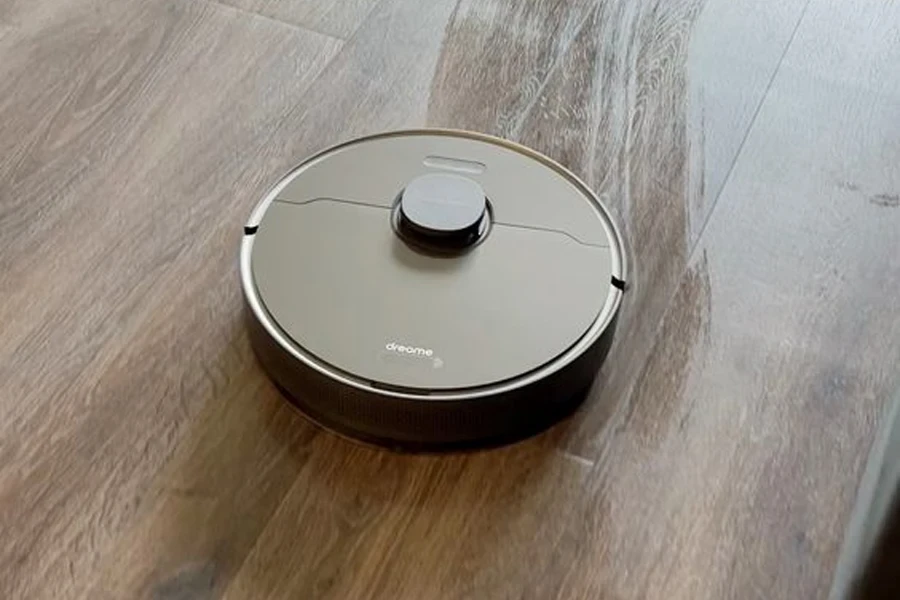
Selecting the right sweeping robot involves a comprehensive understanding of the device’s performance capabilities, its compatibility with the intended cleaning environment, and various practical considerations that could impact its functionality and ease of use.
Performance features to evaluate
When assessing sweeping robots, it is essential to consider several key performance features. Suction power is paramount as it determines the robot’s ability to pick up dirt, dust, and debris effectively from various surfaces. Models with adjustable suction capabilities provide an advantage, allowing for customization based on the floor type or the degree of cleaning required.
Battery efficiency is another critical factor. A longer battery life ensures that the robot can complete its cleaning cycle without frequent recharges, which is particularly important in larger spaces. Additionally, the robot’s ability to navigate and avoid obstacles significantly enhances its usability. Modern robots incorporate advanced sensors and AI algorithms to map out space and identify potential hindrances, thereby minimizing human intervention and preventing damage to both the robot and the home or office furnishings.
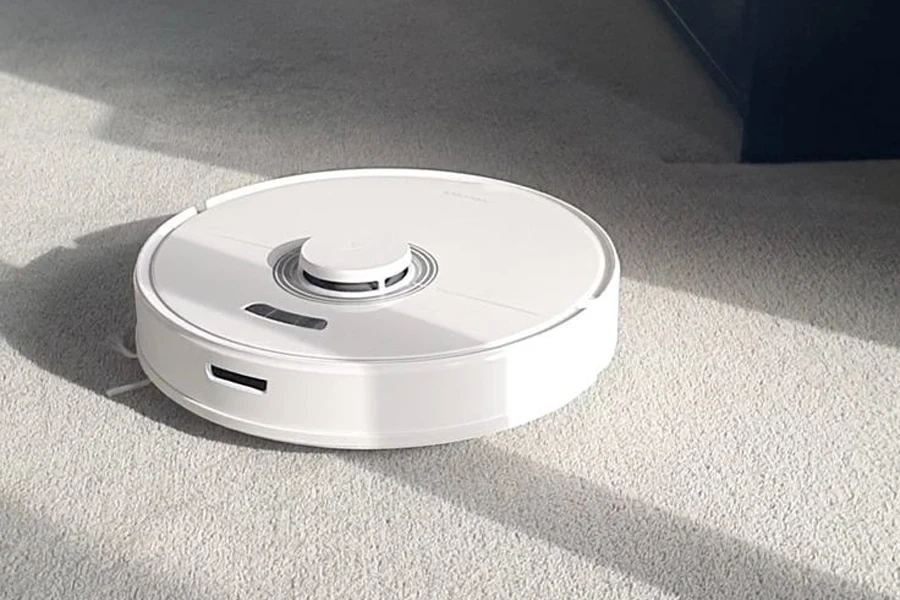
Compatibility with living spaces
Choosing a sweeping robot also requires consideration of its compatibility with the specific layout and flooring types of the space. For homes and offices with multiple types of flooring, robots equipped with sensors that detect different surfaces and adjust their cleaning mode accordingly are ideal. This adaptability prevents damage to delicate flooring types like hardwood and ensures optimal cleaning on more durable surfaces like tile or carpet.
The layout of the space also influences the choice of robot. Larger areas might benefit from robots designed for extensive battery life and efficient navigation in open spaces, whereas smaller or cluttered areas may require robots with more precise maneuvering capabilities.
Additional considerations
Beyond performance and compatibility, several additional considerations can influence the selection of a sweeping robot. Ease of maintenance, such as how simple it is to clean or replace filters and brushes, affects the long-term usability and efficiency of the robot. Noise levels are also a consideration, especially in environments where low noise is preferred, such as office settings or homes with small children.
Connectivity options add a layer of convenience, allowing for the robot to be controlled and monitored via smartphone apps. Some robots offer integration with smart home systems, enabling automated cleaning schedules and even remote activation.
4. Leading sweeping robot models and features
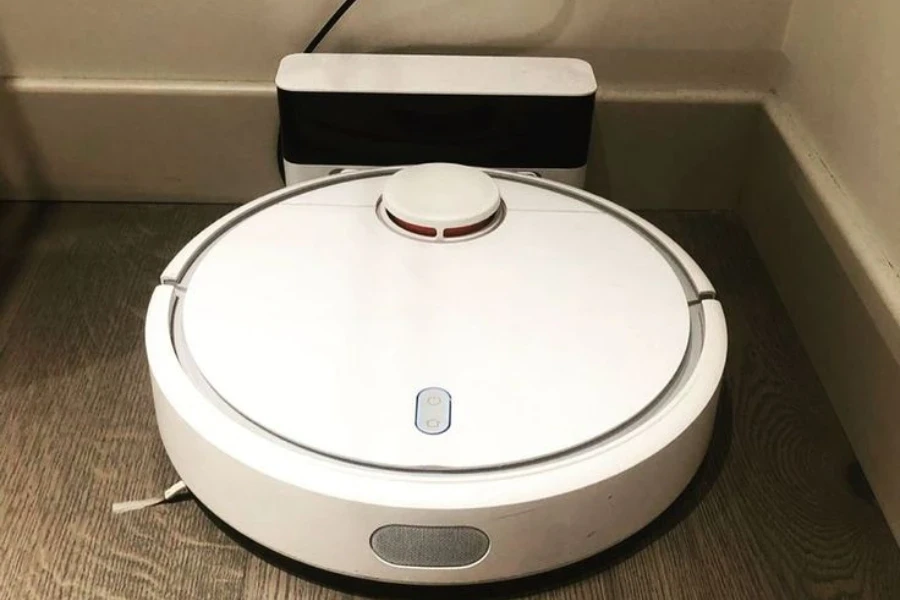
The market for sweeping robots in 2024 showcases a range of models noted for their technological advancements and superior cleaning capabilities. This section highlights the top models that have gained attention for their efficiency and innovation, along with a detailed comparison of their distinguishing features.
Overview of top models for 2024
The evolution of sweeping robots continues with significant improvements in functionality and user-friendliness. Leading the pack are models such as the Roomba j7 and the Ecovacs Deebot X2 Omni, which have set high standards in the industry. These models excel in integrating advanced navigation systems, enhanced suction capabilities, and increased battery life, making them highly efficient in various cleaning environments. For instance, the Roomba j7 is praised for its dual rubber brushes that facilitate deep cleaning and ease of maintenance, while the Deebot X2 Omni is recognized for its ability to handle complex layouts with its superior mapping technology.
Another notable model is the Narwal Freo X Ultra, which combines vacuuming and mopping functionalities into a single robust unit, offering an impressive mopping performance alongside traditional vacuuming. This model stands out for its “smart scrub” technology, which allows it to adjust its cleaning method based on the floor type it encounters, ensuring optimal cleaning without manual intervention.

Comparative analysis of features
When comparing these leading models, several features set them apart from their competitors. The Roomba j7, for instance, offers exceptional obstacle avoidance capabilities, which ensure the robot can navigate around furniture and other obstacles without human help. Its user-friendly interface and compatibility with smart home systems make it a top choice for those seeking a seamless integration into their home automation setups.
The Ecovacs Deebot X2 Omni excels in its comprehensive cleaning approach, featuring a self-emptying dustbin and the ability to mop and vacuum simultaneously. This model is particularly suitable for large spaces due to its efficient routing algorithms that minimize cleaning time while maximizing coverage.
In contrast, the Narwal Freo X Ultra is best known for its meticulous mopping ability. It features dual spinning mop pads that apply consistent pressure across all floor types, effectively removing stubborn stains and dried residues. Its integrated water management system ensures that the mop pads are always using fresh water, enhancing the overall cleanliness and hygiene of the space.
These models demonstrate the industry’s move towards more autonomous, efficient, and versatile cleaning solutions, reflecting the growing consumer demand for home cleaning devices that offer both performance and convenience. As sweeping robots continue to evolve, the emphasis on integrating advanced technologies to enhance user experience and cleaning effectiveness remains a key trend in this dynamic market sector.
Conclusion
The sweeping robots market is poised for substantial growth, driven by technological innovations and expanding consumer demand for automation in cleaning practices. As these robots become more integrated into both residential and commercial settings, their impact on enhancing operational efficiency and reducing labor costs is undeniable. The sector’s trajectory suggests a continued evolution, with smarter, more adaptable cleaning solutions shaping the future of automated maintenance.



